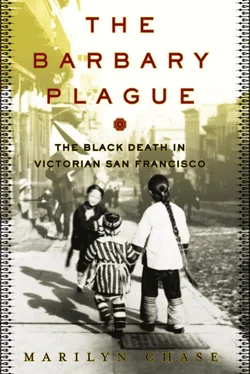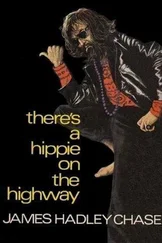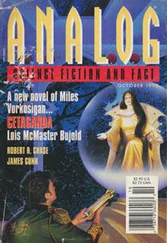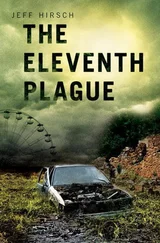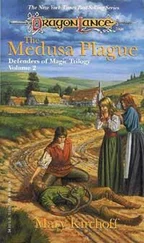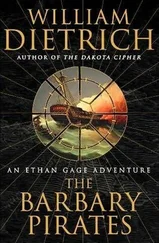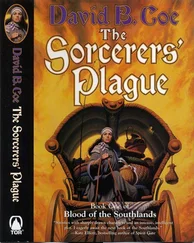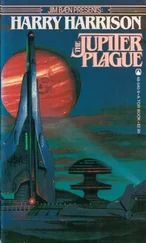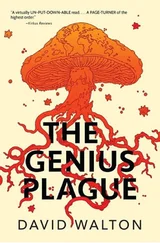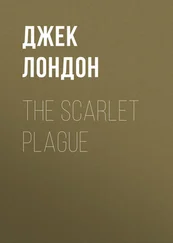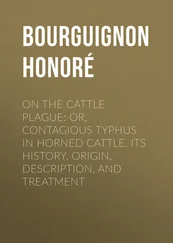It was Kinyoun’s job to enforce the order. The travel ban covered both Chinese and Japanese people. Clusters of Japanese lived and worked near the borders of Chinatown, but as yet no single case of plague had been found in a Japanese resident of San Francisco. It was a clear case of quarantine by color.
Challenges to the ban came quickly. After merchants like Louis Quong were barred from boarding the Oakland ferry, a class-action lawsuit was filed in federal court. Wong Wai, a businessman associated with the Chinese Six Companies, filed the suit charging Kinyoun and the board of health with illegally imprisoning twenty-five thousand Chinese inside San Francisco unless they took the experimental and dangerous Haffkine vaccine. 13The lawsuit charged that the travel restrictions were unconstitutional and demanded that Kinyoun and the health board be enjoined from requiring vaccination or barring their travel.
Left to untangle the snarl of competing federal and local health and civil rights claims was Judge William W. Morrow. Before he ascended the bench, the silver-haired jurist had been a three-term Republican member of Congress. As a lawmaker, Morrow wasn’t known for his love of the Chinese, whom he once labeled “destitute of moral qualities.” As a judge hearing exclusion-law cases, he often sided with the government. 14
But on May 28, Judge Morrow ruled in favor of the Chinese. The defendants, Joseph Kinyoun and the city health board, failed to furnish facts that justified singling out the city’s Asian residents as more susceptible to plague. The travel restrictions and forced immunization weren’t dictated by sound science, but instead were “boldly directed against the Asiatic or Mongolian race as a class, without regard to the previous condition, habits, exposure to the disease or residence of the individual; and the only justification offered for this discrimination was a suggestion [that] this particular race is more liable to plague than any other,” the judge wrote. “No evidence has, however, been offered to support this claim….” 15
In his decision in the Wong Wai case, Judge Morrow also ruled that ordering the city’s twenty-five thousand Chinese residents to take the Haffkine vaccine as a condition of travel violated Surgeon General Wyman’s own medical judgment. The vaccine was good only before exposure to the germ, not afterward. Giving the vaccine to someone after exposure was not only ineffective, but indeed “dangerous to life.” Giving it to people leaving an infected zone served no public health aim. Thus the whole program—travel restrictions and vaccine—discriminated against Chinese residents, depriving them of liberty in violation of the equal protection clause of the Fourteenth Amendment of the Constitution. Judge Morrow issued an injunction.
Kinyoun and the city health board, the judge added, failed to prove that there was a plague emergency serious enough to warrant the suspension of rights and due process. The injunction was to remain in effect while the case was being litigated. Word of the plague in San Francisco was seeping out. Texas and Louisiana declared an embargo against all California passengers and goods. And now, the only plan for curbing the infection was halted by court order.
As negative publicity mounted, the California State Health Board jumped into the fray. In a surprise move, it ordered the city to restore the quarantine and threatened to quarantine the entire city from the rest of the state of California if it did not comply. The state board wasn’t admitting the existence of plague—far from it; it was just trying to limit the damage from negative publicity, and shield California’s trade and tourism from a devastating embargo.
In a meeting at the Grand Hotel, the state health board invited local businesspeople to meet with the Southern Pacific Railroad Company and the Fruit Canners’ Union. The fractious crowd was split as to whether quarantine was a necessary evil or a devastating admission to the world that California crops were tainted. Debate was loud and furious.
Dr. Williamson of the San Francisco Health Board despaired that his hands were tied. The local press and businesses billed the plague cleanup as a fraud, and the court injunction left him hamstrung.
But D. D. Crowley of the California State Health Board was unmoved. Crowley had his own preference, and that was to burn Chinatown to the ground. But if he couldn’t use the torch, a fence would do. “Gentlemen,” he ordered at the close of the May 28 meeting, “you must have Chinatown quarantined this evening.” 16With Sacramento holding a gun to its head, the San Francisco Board of Supervisors passed a resolution empowering the health board to quarantine Chinatown for a second time.
Once again, 159 police officers descended on Chinatown. They guarded the district twenty-four hours a day in three shifts, sealing off the rectangle bounded by Stockton, Kearny, California, and Broadway. Now the quarantine zone was enlarged by one block to the north. But again, it zigzagged to exempt white institutions, including the redbrick steeple of St. Mary’s Church at California and Dupont Streets.
Chinatown churned in helpless frustration as the normal ebb and flow of business between whites and Asians was interrupted. A white woman on Stockton tried to pass garments to a Chinese tailor, but a police officer blocked the exchange. A Chinese man tried to mail a letter outside the zone, but guards spun him around and hustled him back to his quarter. A laundryman staggered up to the rope line under a heap of clean clothes for delivery outside the zone. An officer halted the shipment. 17
The first time, it was a penetrable quarantine made of flimsy ropes, but this time, the barricades were hardened with wooden fence posts and barbed wire. A persistent buzz in the neighborhood said the quarantine was a mere prelude to imprisonment. Wyman and Kinyoun were exchanging telegrams discussing a proposal for the mass relocation of the Chinese to plague detention camps on Angel Island near the quarantine station, or on Mission Rock, a tiny, desolate speck of land in the bay near the waterfront warehouses. The news shot a new bolt of fear through the Chinese. Detention camps were a throwback to the medieval lazarettos, isolation hospitals or pest-houses.
Back East, wire service stories about San Francisco’s plague cases were now seeping into the press. With a major news event brewing out West, the dean of New York medical reporters decided to investigate. Dr. George F. Shrady, the burly, bearded medical correspondent for the New York Herald , boarded a train west to determine once and for all whether bubonic plague really existed in San Francisco.
The surgeon general got wind of the reporting trip. Fretting about bad publicity, he commanded Kinyoun to call upon the influential journalist at his hotel and brief him on the plague situation.
Kinyoun fumed. It was like bringing the mountain to Mohammed. Choking back his resentment, he boarded a ferry to the city. From the Ferry Building, he rode west on Market Street to the Palace Hotel on New Montgomery. He walked through the cobblestoned coaches’ entrance, under seven stories of balconies and a glass atrium roof. Once past the 150-foot dining room ablaze with chandeliers, he caught an elevator to Dr. Shrady’s room. The Palace’s rooms had fifteen-foot ceilings, bay windows, coffee served on Haviland china from France, and beds of imported Irish linen. It was the hostelry he could not afford, the scene of his first humiliation by this city, and now the scene of his second.
“I called upon the Doctor and after much struggling I was admitted to the presence,” Kinyoun told a friend. “I found him stowed away up in the Palace, surrounded by stenographers, typewriters, confidential clerks, bell boys, and porters, running as it were, the whole editorial business of the Herald.” 18
Читать дальше
